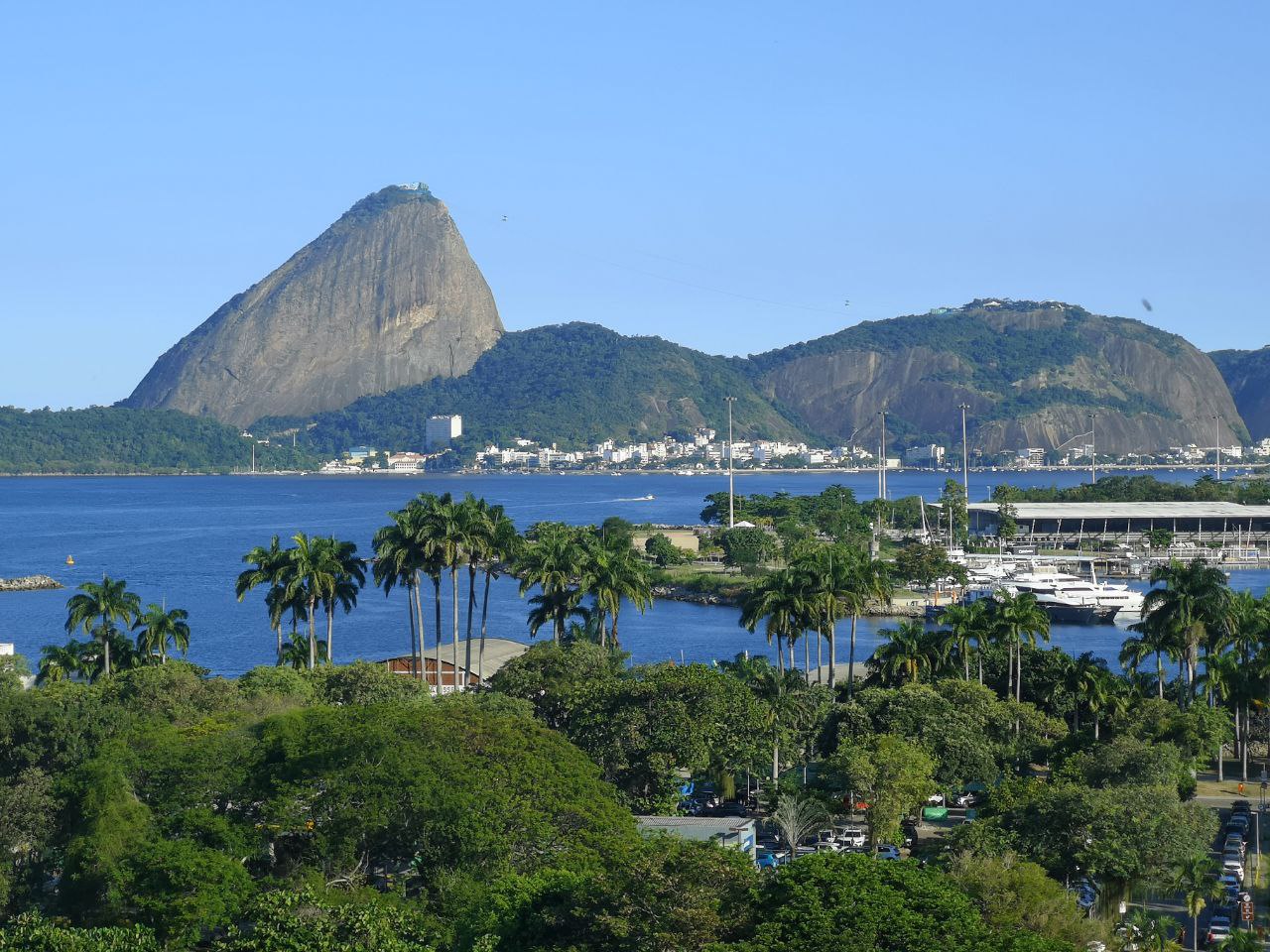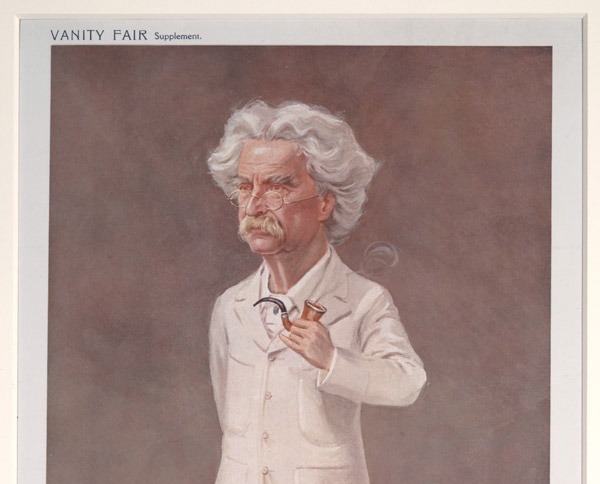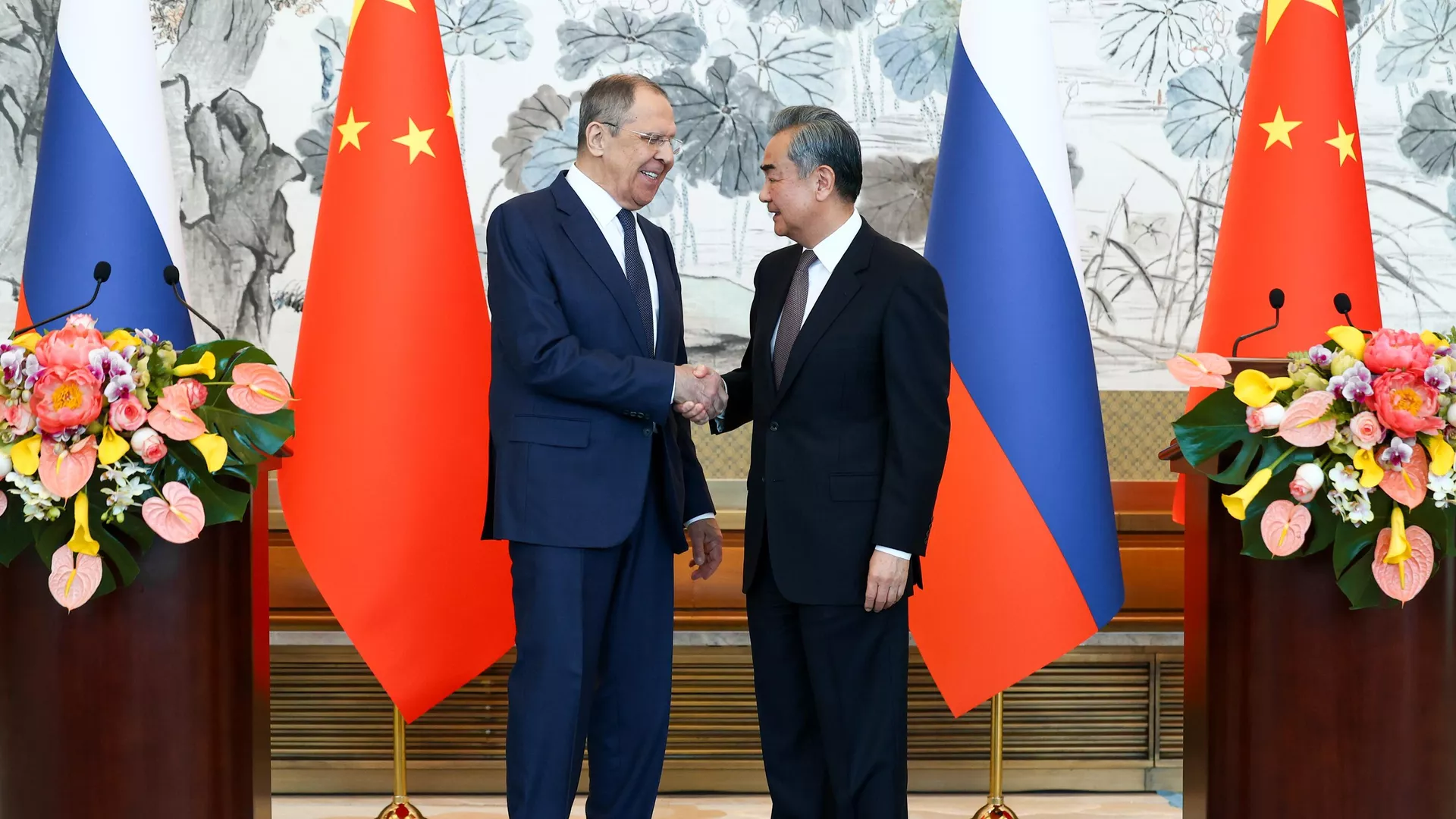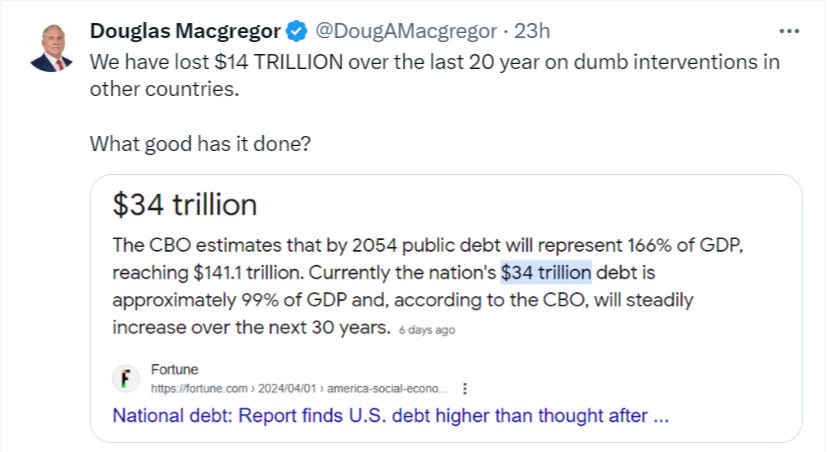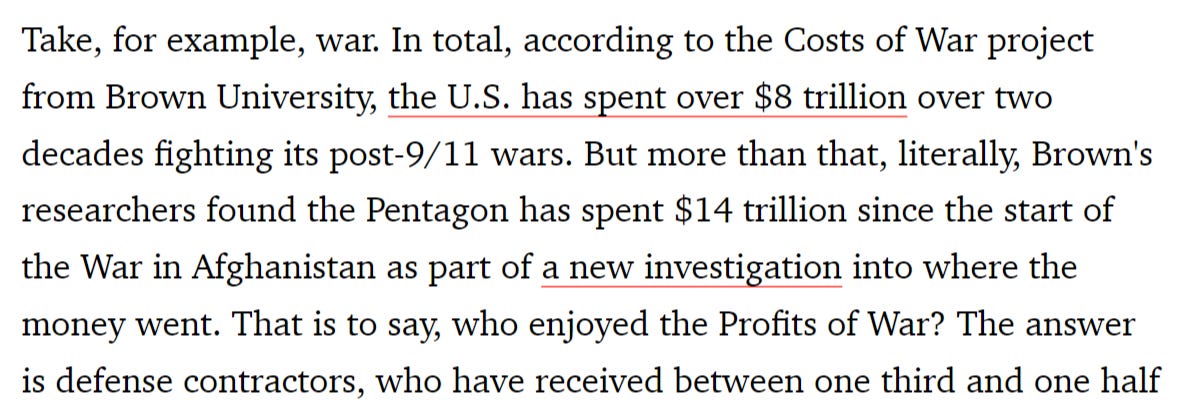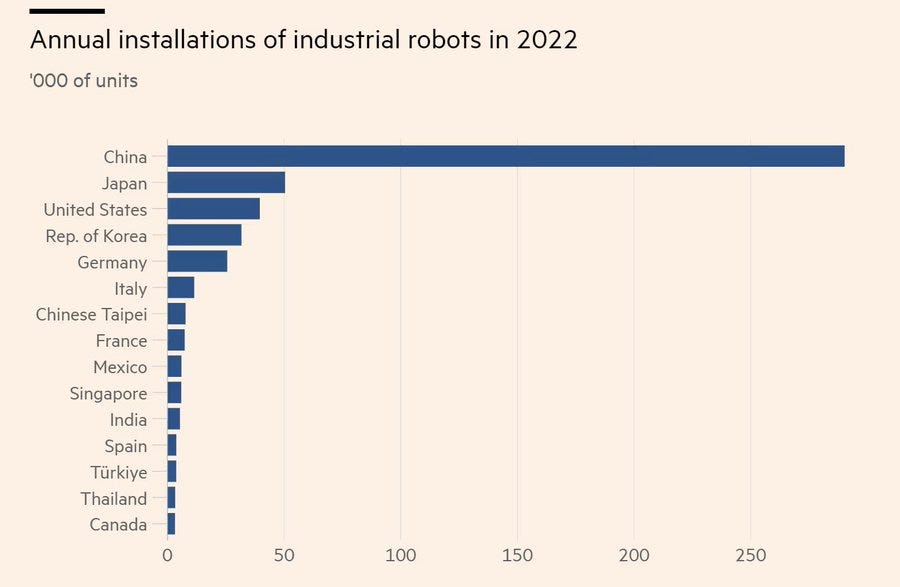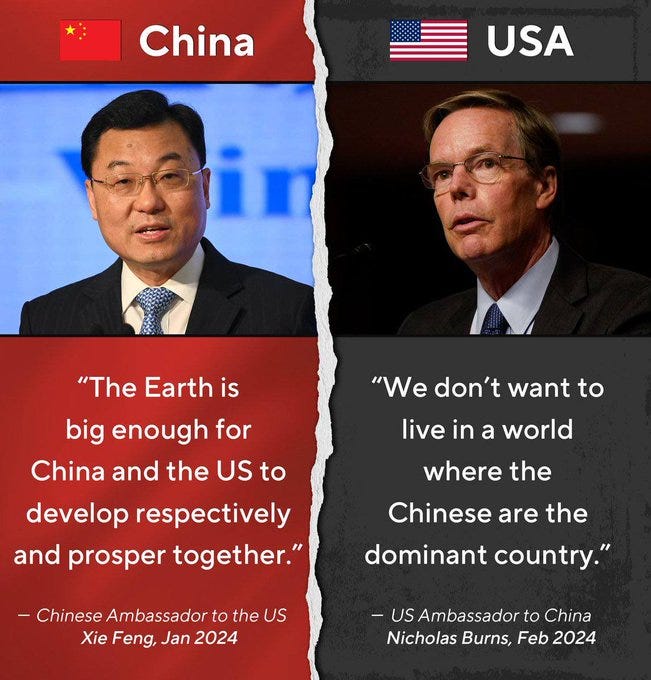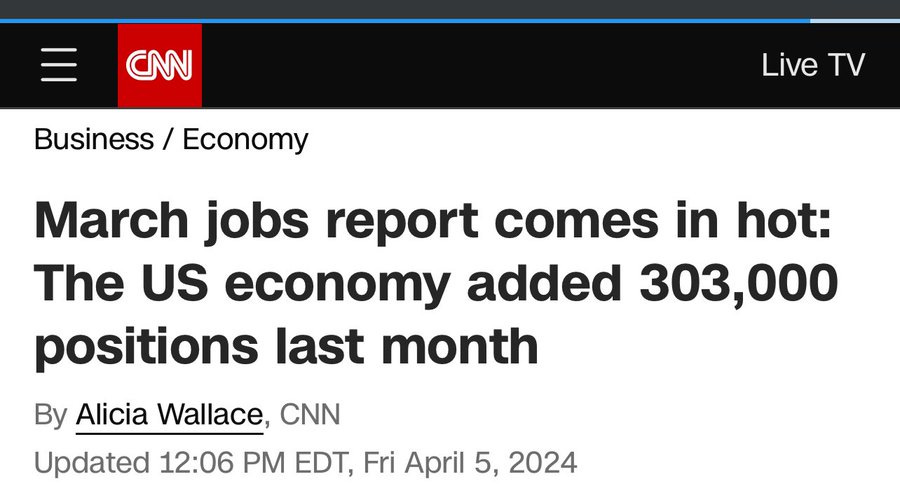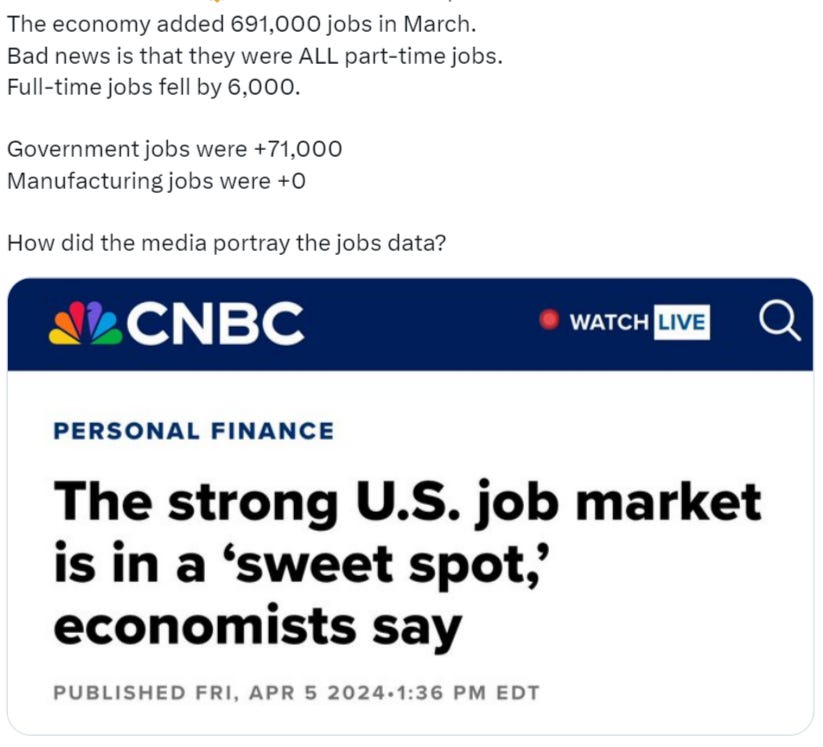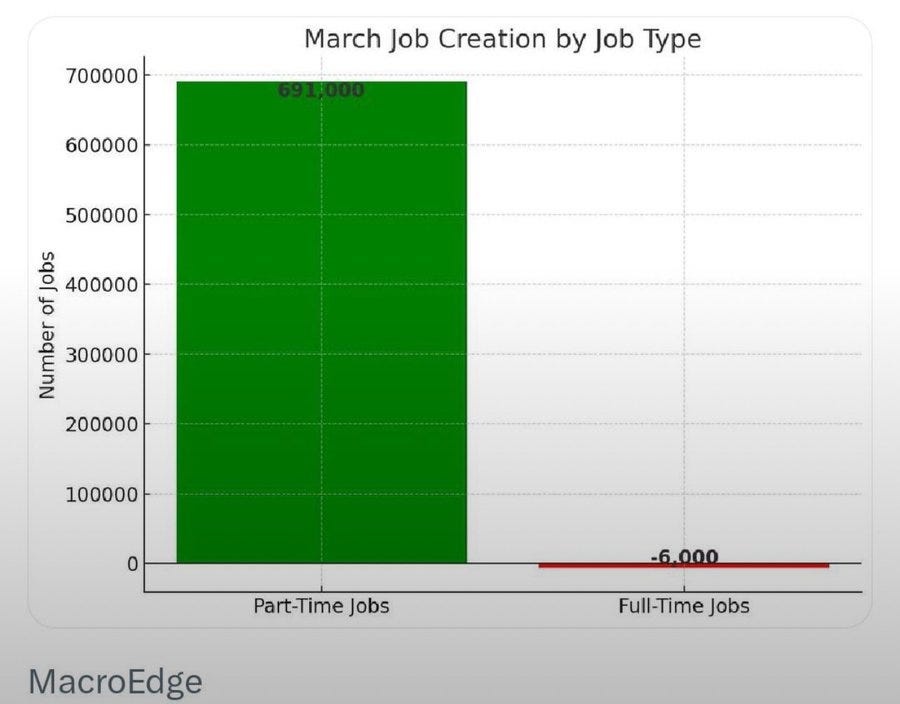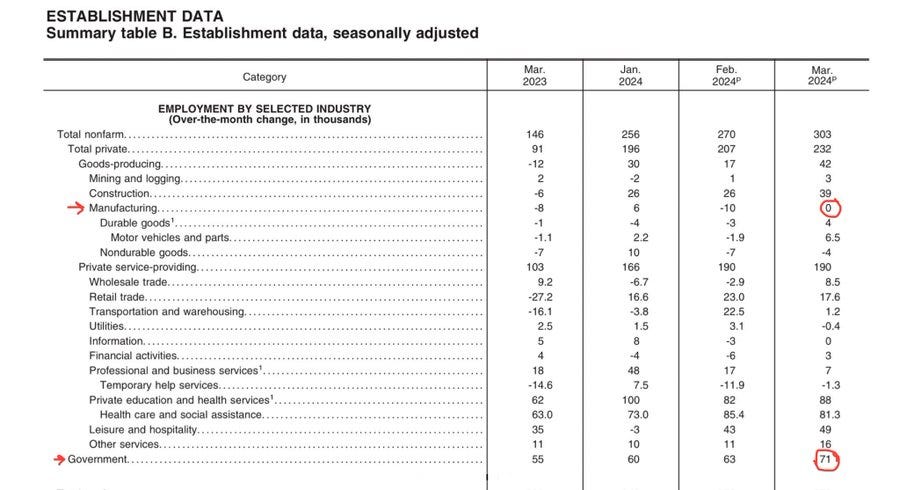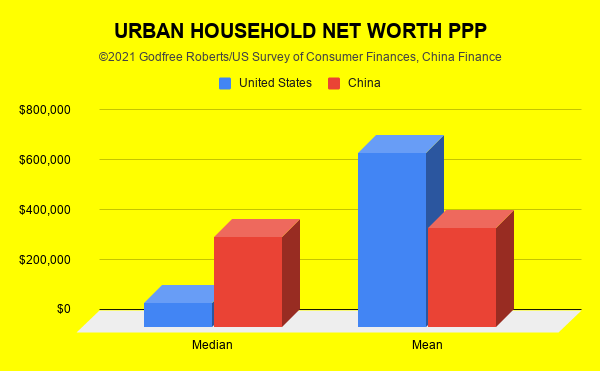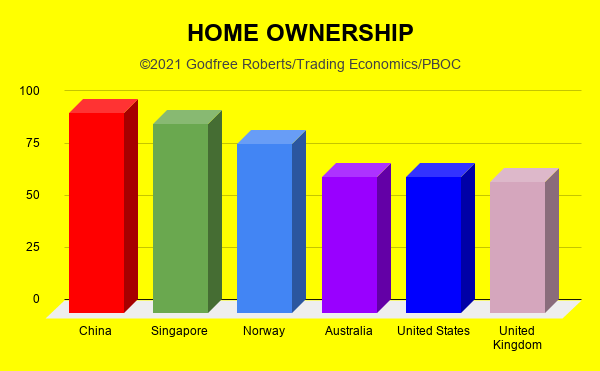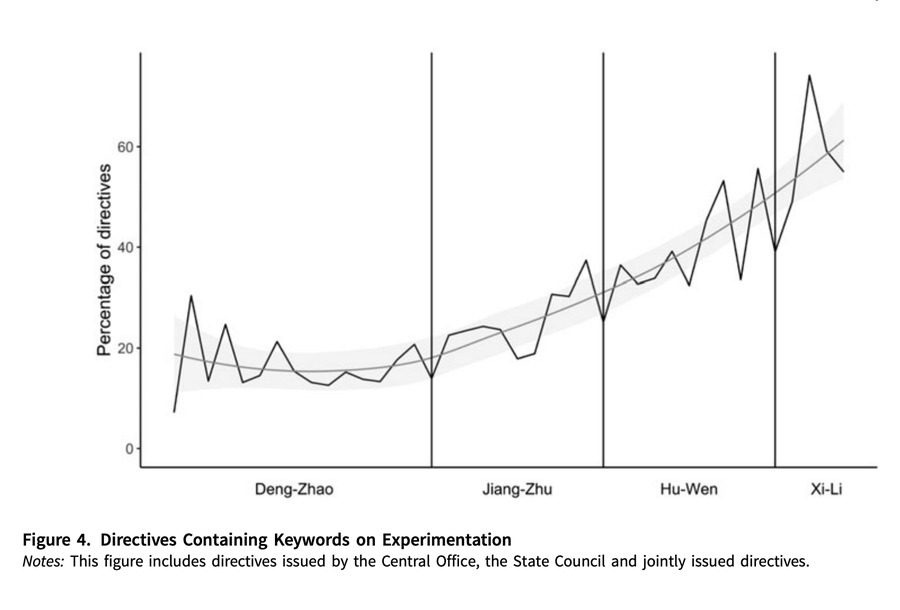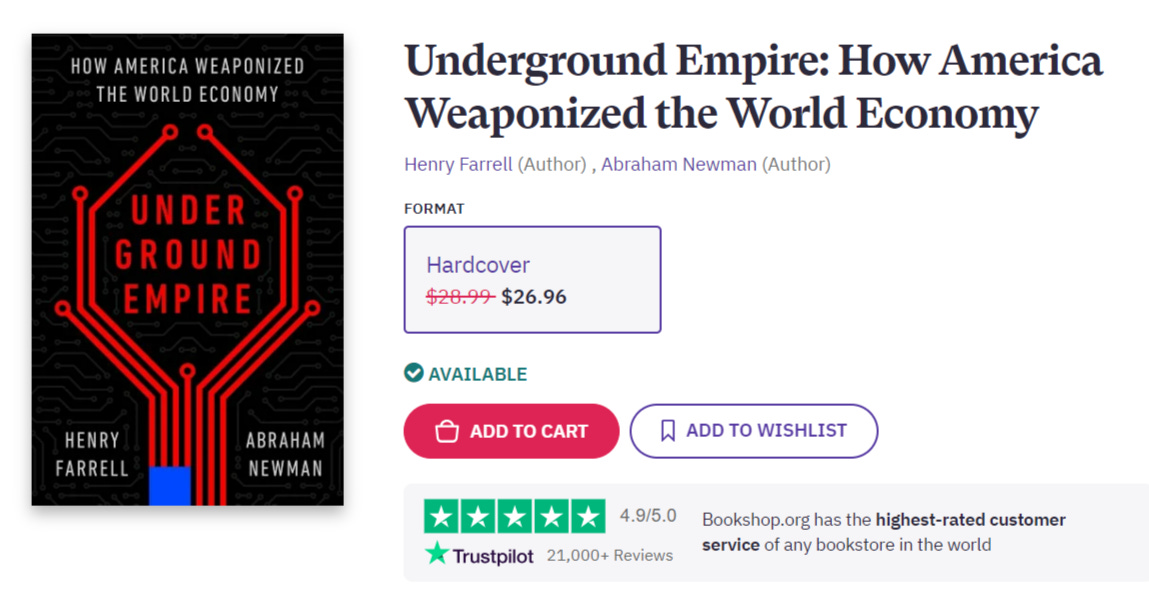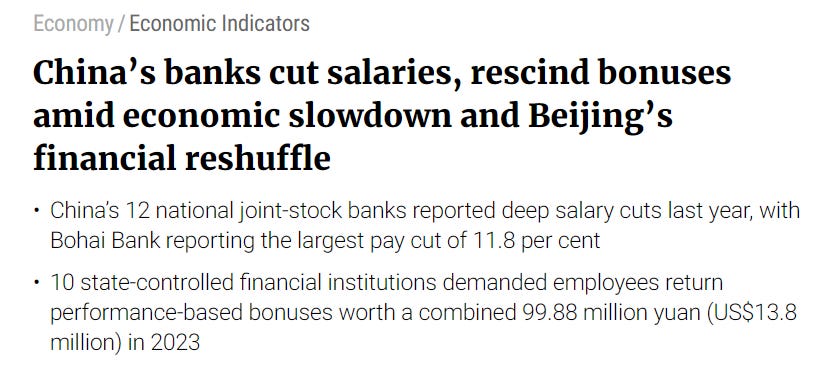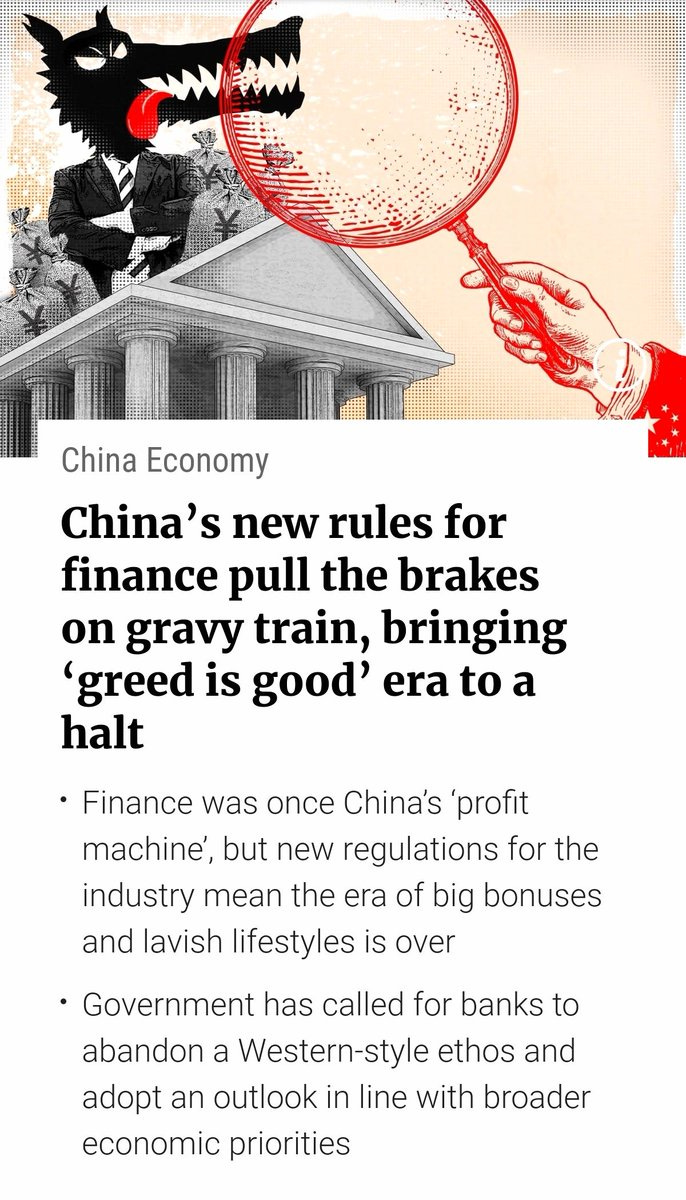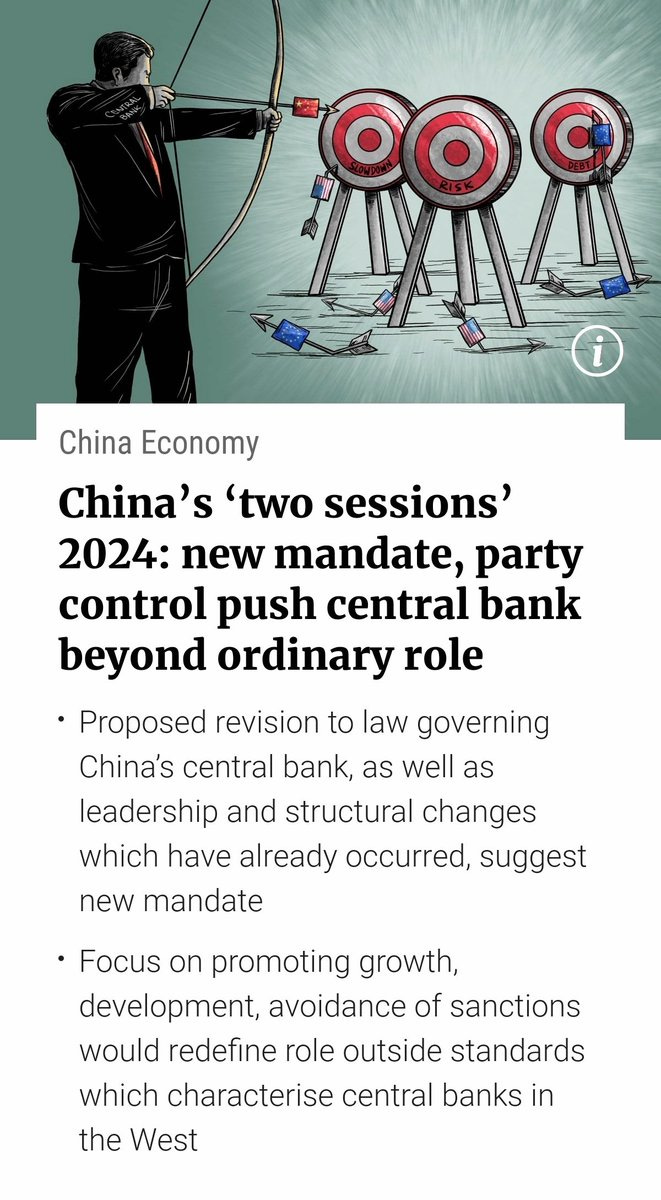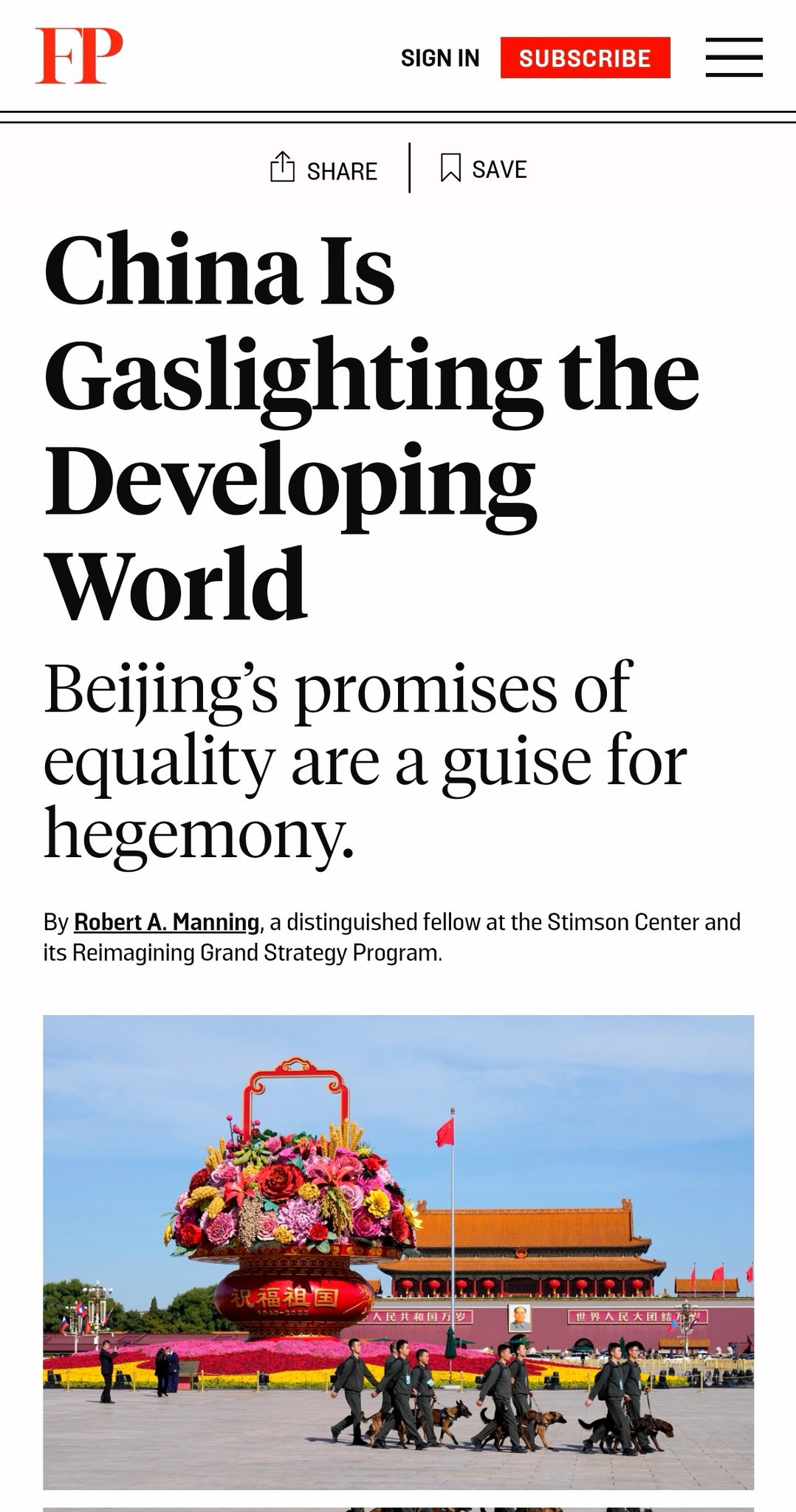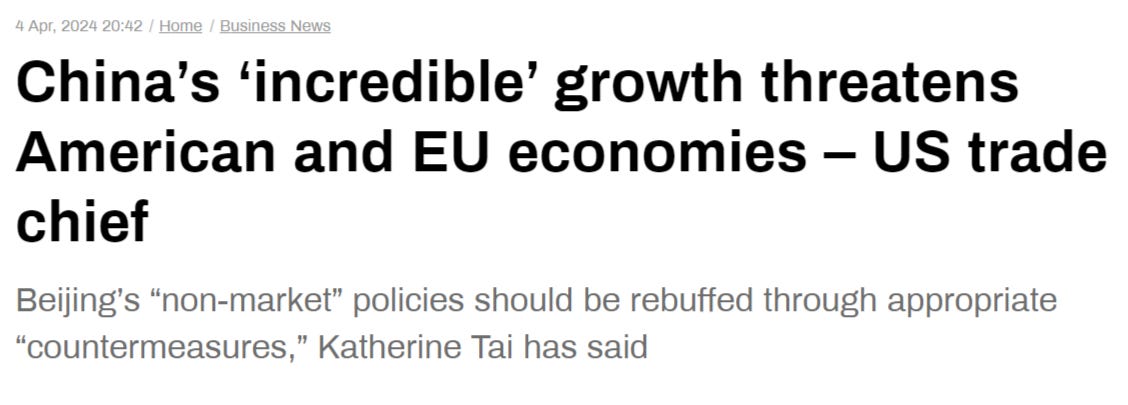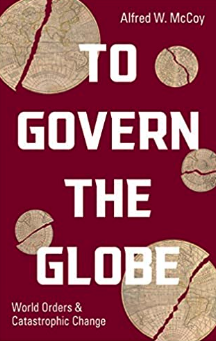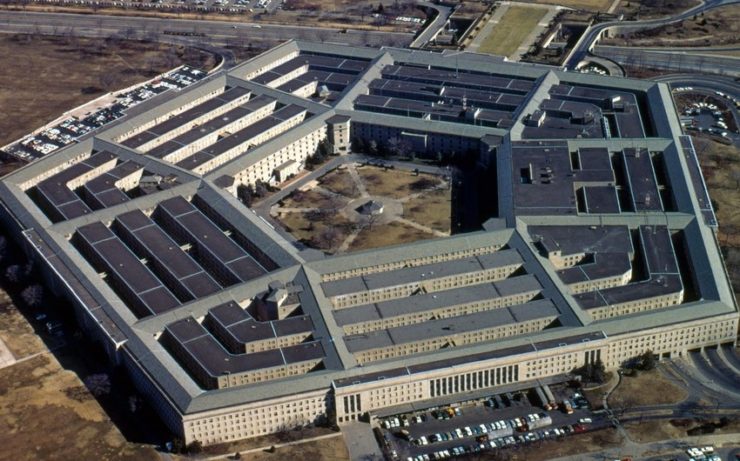
Since the U.S. military brought its Terminal High Altitude Area Defense (THAAD) system to South Korea in 2017, it has met with sustained local resistance. THAAD is the centerpiece of the numerous actions the United States has undertaken to enmesh South Korea in its hostile anti-China campaign, a course that Korean peace activists are fighting to reverse.
In a unanimous decision at the end of March, South Korea’s Constitutional Court dismissed two challenges lodged by residents of Seongju County against the deployment of THAAD. [1] Since its arrival, the THAAD system has met with recurring demonstrations in the nearby village of Soseong-ri. The hope in the Yoon and Biden administrations is that the court’s decision will dishearten opponents of THAAD. In this expectation, they are already disappointed, as anti-THAAD activists responded to the court’s decision by vowing to “fight to the end.” [2]
Although protestors have regularly held rallies on the road leading to the THAAD site, swarms of Korean police cleared them away to allow free passage for U.S. military supply trucks. Opposition to THAAD has angered U.S. officials, leading the Biden administration to dispatch Secretary of Defense Lloyd Austin to Seoul to deliver the message that it deemed the situation “unacceptable” and progress on establishing the base needed to accelerate. Austin also raised objections to protests by residents in Pohang over noise from U.S. Apache attack helicopters conducting live-fire exercises. [3] Predictably, the Yoon administration responded by prioritizing U.S. demands over the welfare of the Korean people and promised “close cooperation for normalizing routine and unfettered access to the THAAD site” and “improvement of the combined training conditions.” [4]
THAAD is billed as an anti-missile defense system consisting of an interceptor missile battery, a fire control and communications unit, and an AN/TPY-2 X-band radar. The ostensible purpose of THAAD in Seongju is to counter incoming North Korean missiles, but serious doubts exist about its efficacy in that role. In terms of coverage, THAAD’s position in Seongju puts it in range to cover the main U.S. military base in South Korea, Camp Humphreys in Pyeongtaek, but out of range to protect Seoul, which at any rate is indefensible due to its proximity to the border. Even so, it is questionable how much utility the system offers even for Pyeongtaek. THAAD’s missiles are designed to intercept incoming ballistic missiles at an altitude of 40 to 150 kilometers. The THAAD battery would have less than three and a half minutes to detect and counter-launch against a high-altitude ballistic missile fired from the farthestpoint in North Korea. By then, the incoming missile would have fallen below the lower-end altitude range of 40 kilometers, leaving it invulnerable to interception. [5] That would be the best-case scenario, as in the event of a war, the North Koreans are not likely to be so accommodating as to launch ballistic missiles from as far away as possible.
Furthermore, the THAAD battery in Seongju is equipped with six launchers and 48 interceptor missiles. With a thirty-minute THAAD battery launcher reload time, incoming missiles would not take long to deplete THAAD’s ability to respond, even under the most accommodating circumstances.
An upgrade was recently made to integrate THAAD with Patriot PAC-3 defense to intercept ballistic missiles at a lower altitude. This enhancement is of doubtful utility, as the radar’s response would still be constrained by the short flight time of an incoming missile. For all the hype about the successful interception of Iranian missiles fired at Israel, the Patriot’s showing in a more suitable scenario was less than stellar. It had an advantage there, as Iranian and Yemeni launch sites were situated much farther away from their target than in the Korean case. Yet, out of 120 Iranian ballistic missiles, the Patriot system shot down only one. The others were intercepted primarily by U.S. warplanes. [6]
North Korea’s development of a solid-fuel hypersonic intermediate-range missile has added another unmeetable challenge for THAAD. Because of its proximity, it is doubtful that North Korea would target US forces with high-altitude ballistic missiles in case of war. Instead, it would likely rely on its long-range artillery, cruise missiles, and short-range ballistic missiles, flying well below the lower limit of THAAD’s altitude coverage.
Despite its doubtful defensive effectiveness on the Korean Peninsula, the United States attaches enormous importance to THAAD’s deployment in South Korea, which suggests an unstated motivation. A clue is provided by the stationing in Japan of two stand-alone AN/TPY-2 radars without an accompanying THAAD system. [7] In other words, it is the radar that matters to the U.S. military, and the linkage to THAAD interceptors is primarily a pretense made necessary by popular feeling in Korea. What makes the AN/TPY-2 special is its ability to operate in two modes. In terminal mode, it feeds tracking data to the THAAD missile battery, allowing it to target an incoming ballistic missile as it descends toward its target. In forward-based mode, the THAAD missile battery is not involved, and the role of the radar is to detect a ballistic missile as it ascends from its launching pad, even from deep into China. In this mode, the radar is integrated into the U.S. missile defense system and sends tracking data to interceptor missiles stationed on U.S. territory and Pacific bases. [8] As a U.S. Army publication points out, when in forward-based mode, a field commander may use the radar system “to concurrently support both regional and strategic missile defense operations.” [9]
There are hints that preparations may already be underway to establish the conditions necessary for THAAD to operate in forward-based mode. Last year, South Korea and Japan agreed to link their radars to the U.S. Indo-Pacific Command in Hawaii. [10] The ostensible purpose is to enhance the tracking accuracy of missiles fired from North Korea, but the concept applies equally well to Chinese missiles. It is not a stretch to imagine that if South Korean and Japanese radars have been linked to the United States, the same may be true with the THAAD’s AN/TPY-2. Certainly, if the U.S. Army switches the mode, it will not be informing South Korean authorities, so sure are the Americans that they can freely treat Korean sovereignty with contempt. Switching an AN/TPY-2 radar from one mode to the other takes only eight hours, a quick process that is opaque to outsiders. [11]
An anti-ballistic missile system can easily be overwhelmed by a full-scale enemy attack. The system’s primary purpose is to support a first-strike capability, in which the United States takes out as many of the enemy’s missiles as possible, leaving the anti-ballistic missile system to counter the few surviving missiles. In essence, that makes the radar in the THAAD system a first-strike weapon. The closer the radar is stationed to an adversary’s ballistic missile launch, the more precise the tracking provided to the U.S.-based anti-missile system. South Korea is ideally located for the AN/TPY-2, where its radar can cover much of eastern China. [12] The effect is to enlist South Korea, willingly or not, in U.S. war plans against China. When residents in Seongju argue that THAAD makes them a target, they are not mistaken.
The Yoon administration is taking integration with the U.S. missile defense system one step further in planning to spend an estimated $584 million to procure American SM-3 interceptor missiles, suitable for protecting the United States and its bases in the Pacific.[13] The SM-3 interceptors are to be deployed on South Korean Aegis destroyers, which will need to be upgraded at additional cost to handle them. [14]
Residents in Seongju are also concerned about potential health risks associated with living adjacent to the THAAD installation. Radars transmit pulses of high-frequency electromagnetic fields, and the AN/TPY-2 radar generates radio frequencies of 8.55 to 10 GHz. [15] According to the World Health Organization, radio frequency waves below 10 GHz “penetrate exposed tissues and produce heating due to energy absorption.” [16] One study observes that radars generate pulsed microwaves “in very high values of peak power compared to mean power emitted.” To evaluate risk, one must also take peak values into account. In that case study, exposure levels for 49 workers were assessed, where it was noted that “peak values are about 200 – 4000 times higher than corresponding mean values.” Although recorded mean values fell below exposure limits that could have caused thermal effects, the peak values suggested potential non-thermal impacts, and “peak power density frequently exceeded the reference level and were correlated with nervous system effects.” [17]
The AN/TPY-2 relies on a phased array antenna. The U.S. Army publication on Ground-based Midcourse Defense Operations warns, “Dangerous radio frequency power levels exist on and near antennas and phased-array radars during operations. Radio frequency electromagnetic radiation may cause serious burns and internal injury. All personnel must observe radio frequency danger indications and stay outside designated keep out zones.” It adds that the keep out zone can vary according to power output “but may extend out from a radar face in excess of 10 kilometers and sweep more than 70 degrees on each side from the system bore sight.” [18] In other words, the extent of risk depends heavily on the radar’s power output and disposition.
Where the radar is aimed matters; the extent of human exposure is sharply reduced outside of the direct path of the primary beam. The U.S. Army’s AN/TPY-2 forward-based operations field manual specifies three search plans for the radar while in that mode. The “standard operations mode,” named Autonomous Search Plans, “normally provides multiple search sectors,” and in general, the larger the ballistic missile named area of interest, “the larger the search volume of the radar sector.” [19] Since China constitutes a vast area of interest, the THAAD radar in forward-based mode potentially exposes a wide range of the local population to radiation.
Shortly after THAAD was brought to South Korea, the Daegu Regional Environmental Office attempted to ascertain the environmental impact through periodic measurements; results registered at safe levels at a point in time when the THAAD system was not yet fully implemented. However, the Environmental Office noted that the radar’s power output level and vertical and horizontal angles were unknown “due to military secrecy.” [20] While the low measurements were suggestive, they were essentially meaningless without knowing what radar settings were being measured.
Since the arrival of THAAD in 2017, the local population’s concerns about possible health impacts from electromagnetic radiation had gone unanswered until June 21 last year, when the Ministry of Defense issued a press release announcing the result of its THAAD environmental impact assessment. The Ministry of Environment judged the impact as “insignificant.” [21] The press release reported that the highest measurement registered was 0.018870 watts per square meter (W/㎡), far below the limit for human exposure.
An earlier series of tests in Gimcheon City, at four locations northwest of the radar, produced a slightly higher but comparable measurement to the Seongju test, definitely within a safe limit. The tests were conducted over one year, ending in May 2023. The highest and maximum readings were registered at the farthest location, 10.2 kilometers from the radar. [22] However, as in the earlier Daegu test, nothing about how the radar operated was known.
At first glance, the Seongju test result would appear to allay concerns over the radar’s health impact. But has it? The most striking aspect of the press release is its lack of transparency. No information is provided other than a single result. The Ministry of Defense withheld information because it would be “likely to significantly harm the vital interests of the state if disclosed.” [23] It is unclear how revealing details about the test conditions, such as the radar’s angle, would pose a security risk. More likely, United States Forces Korea preferred to hide the details from public view so that the test could be conducted in a way sure to produce safe readings.
Unlike the earlier Gimcheon report, which identified the populated areas where measurements had been taken, the Seongju environmental impact assessment “was done for the entire base, including the site negotiated by the Daegu Regional Environmental Office.” [24] The phrasing suggests that no measurements were taken outside of the THAAD base, an odd choice given the concerns of nearby residents. Even within that limitation, less than thirty percent of the base was included in the assessment. [25]
Several factors can produce dramatically different results when measuring radiation. The public’s only knowledge of the Seongu test is that radiation poses no risk in an unknown set of conditions. Risk remains a mystery in other scenarios. We do not know which mode(s) the test included. It is probable that only the terminal mode was involved, aligning with the fiction that the radar’s purpose is purely defensive. Estimated ranges for the AN/TPY-2 vary but are consistently far higher when set to forward-based mode. Therefore, a test in forward mode could be expected to produce a higher electromagnetic radiation reading, as the longer the range, the higher the average power the radar has to generate. [26]
There are also the factors of angle and direction. The press release was silent on these matters, as well. In none of the measurements was it known in which direction the radar was pointed. In terminal mode, the radar would presumably point north. The forward-based mode should have the radar directed toward China in a different and much broader range of directions. Furthermore, the AN/TPY-2 can be set at any angle ranging from ten to 60 degrees. [27]Presumably, the angle would be positioned much lower in forward-based mode than in terminal mode, resulting in a more direct environmental impact on the ground.
The highest radiofrequency radiation is in the path of the radar’s main beam. Outside of that, there is a sharp drop-off, typically at levels thousands of times lower. [28] If measurements are taken outside the line of the beam, then results would be misleadingly low. Also unknown are the positions of the radar in various planned operation scenarios. What populated areas would be situated directly in line of the beam? Without that information, let alone corresponding measurements, potential risk remains unknown.
The U.S. Army conducted the Seongju test, and the South Korean Air Force, partnering with the Korea Radio Promotion Association, measured the radiation. [29] There was no outside involvement in planning or conducting the test. Lacking independent outside oversight, the U.S. military chose the test conditions based on the motivation to produce a reassuring finding. In coordination with selected third parties, the Ministry of Environment’s sole role was to review the measurements handed to them by the South Korean military.
In its recent decision, the Constitutional Court dismissed every point in the two appeals that challenged the deployment of THAAD. The petition filed by Won Buddhists charged that THAAD violated their freedom of religion by requiring them to obtain permission from the military to conduct religious activities and meetings and by restricting pilgrimages. Similarly, the petition by residents argued that security restrictions imposed on farmers required them to seek permission from the police to work their fields. To both complaints, the court ruled that restricted access to a religious site and farmland does not apply to the constitution, as a joint U.S.-Korean commission had decided to deploy THAAD in accordance with the Mutual Defense Treaty. The court summarized its point by asserting, “If the exercise of public authority has no effect on the legal status of the applicants, there is no possible violation of their fundamental rights in the first place.” It was a curious framing for the court to adopt in that it ignored the impact on residents who could no longer conduct their activities in a normal manner. In dismissing the challenges relating to health concerns and noise pollution, the court cited the Ministry of Defense’s environmental test press release in evidence. Finally, in rejecting the challenge that THAAD would make Seongju a target in times of war, the court made the specious claim that since the system is defensive, it cannot be said that it “is likely to threaten the peaceful existence of the people by subjecting them to a war of aggression.” [30] Chinese complaints about the nature of THAAD are well known in South Korea; the judges could hardly have been unaware of how deployment has been perceived in the People’s Republic of China.
Following close on the heels of the publicized environmental test result, the court’s decision surely had Washington in a jubilant mood. South Korea’s military promised to “work closely with the U.S. side to faithfully reflect the opinions of the U.S. side so that the project can proceed.” [31] They plan to expedite the steps needed to “normalize” the base and ensure its permanent emplacement.
THAAD can be considered a microcosm representing everything unsettling about the U.S.-South Korea military alliance. It is a relationship serving American geostrategic objectives in which Koreans play a subservient role, often acting against their interests. As East Asian specialist Seungsook Moon explains, “While there have been variations and changes in the U.S. relationships with host countries over time, the military relationship between the USA and South Korea has been persistently neocolonial.” Moon adds that, in “maintaining the boundary between us and them,” the South Korean state “imposes the unequal burden of hosting the missile defense system on lower-class and rural citizens” and “exacerbates class inequality by diminishing these citizens’ quality of life and human security.” [32] The costs of U.S. militarism are also offloaded onto Koreans in other ways, as well, including communities impacted by toxic pollution from active and abandoned American bases. Those living near live-fire practice exercises must endure unbearable noise levels, while crimes committed by American soldiers victimize residents near bases.
As for South Korea as a whole, the presence of U.S. bases in the context of American hyper-militarized confrontation with China and North Korea poses an ongoing danger of dragging the nation into war. Indeed, the United States is quite explicit about the role it assigns to South Korea. Shortly after taking office, in a revealing statement, President Biden declared, “When we strengthen our alliances, we amplify our power.” [33] That leaves no doubt about whose interests allied nations are expected to serve. In South Korean President Yoon Suk Yeol, the United States has found an ideal lackey, a true believer who eagerly prioritizes American demands over the welfare of his people. It has long been a U.S. goal for its alliance to expand beyond the Korean Peninsula. With Yoon in power, the United States had been progressing toward moving the alliance in that direction. Austin and South Korean Defense Minister Shin Won-sik recently announced that the alliance is committed to “operate across the region with greater bilateral and multilateral political-military alignment to realize this vision of a true global comprehensive strategic Alliance…” [34]
The U.S. objective is total economic, diplomatic, and military domination of the Asia-Pacific. When Yoon met with Biden last year, he signaled his support for that policy, including the usual anti-China euphemisms. [35] Biden and Yoon have also been ramping up regional tensions with a nearly nonstop series of aggressive full-scale military exercises intended to intimidate and threaten North Korea and China. [36]
Yoon and Biden have underestimated the determination of the Korean progressive movement, which is unswayed by recent developments. If anything, the setbacks have energized them. On April 27, the seventh anniversary of the introduction of THAAD in Soseong-ri, activists held a demonstration at the site to proclaim their undying opposition, shouting, “We will be with you until the day THAAD is dismantled!” [37]
One of the speakers, student Lee Ki-eun, pointed out that THAAD’s radar is intended to defend the United States and Japan. “It is completely for foreign powers.” She added, “What is Korea? At the forefront of the confrontation with North Korea and China, the lives of our people are sacrificed for foreign powers.” Lee urged her audience: “With greater determination, with an even greater life force like a bursting prairie fire, let’s continue the anti-THAAD struggle!” [38]
The anti-THAAD battle is part of a broader movement by Korean progressives against the deepening military alliance with the United States and Yoon’s colonial mindset that sacrifices Korean sovereignty and the welfare of the Korean people on the altar of U.S. imperialism. As Ham Jae-gyu of the Unification Committee declared at the rally, “The Japanese colonial period merely passed the baton to U.S. imperialism, and subjugation by imperialism is accelerating. The United States is trampling every corner of Korea.” [39]
Notes.
[1] https://www.lawtimes.co.kr/news/197154
[2] Kwan Sik Yoon, “Anti-THAAD Group: ‘The Constitution Does Not Protect Basic Rights…We Will Fight to the End,” Yonhap, March 29, 2024.
[3] Oh Seok-min, “S. Korea, U.S. Working Closely on How to Improve THAAD Base Conditions: Seoul Ministry,” Yonhap, March 29, 2021.
[4] Press Release, “54th Security Consultative Meeting Joint Communique,” U.S. Department of Defense, November 3, 2022.
[5] Yoon Min-sik, “THAAD, Capacity and Limitations,” Korea Herald, July 21, 2016
[6] Lauren Frias, “US Fighter Jets, Destroyers, and Patriot Missiles Shot Down Loads of Iranian Weapons to Shield Israel From an Unprecedented Attack,” Business Insider, April 15, 2024.
Vera Bergengruen, “How the U.S. Rallied to Defend Israel From Iran’s Massive Attack,” Time, April 15, 2024.
[7] “U.S. Defense Infrastructure in the Indo-Pacific: Background and Issues for Congress,” p. 39, Congressional Research Service, June 6, 2023.
[8] https://sldinfo.com/wp-content/uploads/2014/02/Mobile-Radar.pdf
[9] ATP 3-27.3, “Ground-based Midcourse Defense Operations,” U.S. Army, October 30, 2019.
[10] Jesse Johnson, “Japan, South Korea, U.S. Begin Sharing Real-time Data on North Korean Missiles,” The Japan Times, December 19, 2023.
[11] Park Hyun, “Pentagon Document Confirms THAAD’s Eight-hour Conversion Ability,” Hankyoreh, June 3, 2015.
[12] https://www.globalsecurity.org/space/systems/an-tpy-2.htm
[13] Eunhyuk Cha, “South Korea Approves Procurement of SM-3 for Ballistic Missile Defense,” Naval News, April 26, 2024.
[14] Younghak Lee, “South Korea to Upgrade KDX-III Batch-I Ships to Operate SM-3 and SM-6,” Naval News, November 19, 2023.
[15] “AN/TPY-2 Transportable Radar Surveillance Forward Based X-Band Transportable [FBX-T],” GlobalSecurity.org.
[16] “Electromagnetic Fields and Public Health: Radars and Human Health,” Fact Sheet N 226, World Health Organization.
[17] Christian Goiceanu, Răzvan Dănulescu1, Eugenia Dănulescu, Florin Mihai Tufescu, and Dorina Emilia Creangă, “Exposure to Microwaves Generated by Radar Equipment: Case Study and Protection Issues,” Environmental Engineering and Management Journal, April 2011, Vol. 10, No. 4, p 491-498.
[18] ATP 3-27.3, “Ground-based Midcourse Defense Operations,” U.S. Army, October 30, 2019.
[19] ATP 3-27.5: “AN/TYP-2 Forward Based Mode (FBM) Radar Operations,” U.S. Army, April 16, 2012.
[20] Press Release, “성주 사드기지 소규모 환경영향평가 협의 완료,” Daegu Regional Environment Agency Environmental Assessment Division, September 4, 2017.
[21] Song Sang-ho, “S. Korea Completes Environmental Assessment of U.S. THAAD Missile Defense Base,” Yonhap, June 21, 2023.
[22] “사드기지 소규모 환경영향평가 후속조치 기술지원 결과,” Republic of Korea Ministry of Environment, undated report.
[23] https://www.peoplepower21.org/peace/1927732
[24] Press Release, “전 정부서 미룬 사드 환경영향평가 완료, 윤정부 ‘성주 사드기지 정상화’에 속도,” Republic of Korea Ministry of Defense, June 21, 2023.
[25] https://www.peoplepower21.org/peace/1927732
[26] “Radar Navigation and Maneuvering Board Manual,” National Imagery and Mapping Agency, 2001, p. 24
https://www.furuno.com/en/technology/radar/basic
[27] “Shielded from Oversight: The Disastrous US Approach to Strategic Missile Defense – Appendix 10: Sensors, Union of Concerned Scientists, p. 9.
[28] J. Kusters, “X-band Wave Radar Radiation Hazards to Personnel,” General Dynamics Applied Physical Sciences, November 26, 2019.
https://www.who.int/news-room/questions-and-answers/item/radiation-radar
[29] “Science Prevails Over Wild Rumors,” JoongAng Ilbo, June 21, 2024.
[30] “2017헌마372: 고고도미사일방어체계 배치 승인 위헌확인고고도미사일방어체계 배치,” Constitutional Court of Korea, March 28, 2024.
[31] Press Release, “전 정부서 미룬 사드 환경영향평가 완료, 윤정부 ‘성주 사드기지 정상화’에 속도,” Republic of Korea Ministry of Defense, June 21, 2023.
[32] https://journals.sagepub.com/doi/10.1177/09670106211022884
[33] “Remarks by President Biden on America’s Place in the World,” The White House, February 4, 2021.
[34] Press Release, “Defense Vision of the U.S.-ROK Alliance,” U.S. Department of Defense, November 13, 2023.
[35] “Leaders’ Joint Statement in Commemoration of the 70th Anniversary of the Alliance Between the United States of America and the Republic of Korea,” The White House, April 26, 2023.
[36] Simone Chun, “Unprecedented US War Drills and Naval Deployment Raise Fear of War in Korea,” Truthout, April 7, 2024.
[37] https://spark946.org/party/kor_en?tpf=board/view&board_code=3&code=27545
[38] https://www.youtube.com/watch?v=VMb3eLbBve0
[39] https://worknworld.kctu.org/news/articleView.html?idxno=504477
Gregory Elich is a Korea Policy Institute board member. He is a contributor to the collection, Sanctions as War: Anti-Imperialist Perspectives on American Geo-Economic Strategy (Haymarket Books, 2023). His website is https://gregoryelich.org Follow him on Twitter at @GregoryElich.


